Biology Macromolecules Worksheets and Answers
Are you a biology student in need of practice and reinforcement when it comes to understanding macromolecules? Look no further! Our Biology Macromolecules Worksheets and Answers are designed to provide you with the necessary tools to enhance your understanding of this complex subject matter. Whether you are studying for an upcoming exam or simply want to improve your knowledge in the field, our worksheets will help you master the intricacies of macromolecules.
Table of Images 👆
- Organic Molecules Worksheet Review Answers
- Macromolecule Worksheet Answer Key
- Macromolecules Chart Worksheet
- Carbohydrates Worksheet Answers
- Evolution Worksheet Answer Key
- Organic Compound Worksheet Answers Biology
- Organic Macromolecules Worksheet Answers
- Label and Nutrition Worksheet Macromolecules
- Macromolecules Chart Answers
- Elements and Macromolecules in Organisms Worksheet Answers
- Macromolecules Worksheet Answers
What are macromolecules?
Macromolecules are large molecules made up of smaller subunits called monomers. They include carbohydrates, proteins, nucleic acids, and lipids, and play crucial roles in various biological processes such as energy storage, structural support, and information transfer within cells.
What are the four major macromolecules found in living organisms?
The four major macromolecules found in living organisms are carbohydrates, lipids, proteins, and nucleic acids. Each of these macromolecules plays a crucial role in the structure, function, and regulation of cells and organisms. Carbohydrates provide energy and structural support, lipids are important for energy storage and cell membrane structure, proteins have diverse functions such as enzymes and structural components, and nucleic acids store and transmit genetic information.
What is the main function of carbohydrates?
Carbohydrates serve as the primary source of energy for our bodies, providing fuel for various physiological processes such as cell function, brain activity, and muscle movement. Additionally, carbohydrates play a crucial role in supporting proper digestion, assisting in maintaining a healthy gut microbiome, and serving as a storage form of energy in the form of glycogen in the liver and muscles.
Give an example of a monosaccharide.
An example of a monosaccharide is glucose, which is a simple sugar that serves as a primary source of energy for living organisms.
How are disaccharides formed?
Disaccharides are formed through a condensation reaction between two monosaccharide molecules, where a water molecule is released. This reaction is catalyzed by enzymes and results in the formation of a glycosidic bond between the two sugar molecules. Examples of disaccharides include sucrose (glucose + fructose), lactose (glucose + galactose), and maltose (glucose + glucose).
Name the enzyme responsible for breaking down carbohydrates in the digestive system.
The enzyme responsible for breaking down carbohydrates in the digestive system is amylase.
What are lipids and what are their functions?
Lipids are a diverse group of macromolecules that are insoluble in water but soluble in organic solvents. They serve various important functions in the body, including providing energy storage, acting as structural components of cell membranes, aiding in the absorption of fat-soluble vitamins, serving as signaling molecules, and playing a role in cell signaling and communication. Lipids can be classified into categories such as fats (triglycerides), phospholipids, and sterols, each with its own specific functions in the body.
Give an example of a saturated fat.
An example of a saturated fat is butter, which is rich in saturated fatty acids that are solid at room temperature.
What is the structure of a triglyceride?
A triglyceride is composed of a glycerol molecule bonded to three fatty acid molecules through ester linkages. Glycerol is a three-carbon alcohol with hydroxyl groups attached to each carbon, and fatty acids are long hydrocarbon chains with a carboxylic acid group at one end. The ester bonds form between the hydroxyl groups of glycerol and the carboxylic acid groups of the fatty acids, resulting in a molecule with a glycerol backbone and three fatty acid chains attached.
How are proteins formed and what is their function?
Proteins are formed through a process called protein synthesis, where amino acids are linked together in a specific sequence dictated by DNA. Proteins play a crucial role in the body as they serve various functions such as structural support (collagen), enzyme catalysis (digestive enzymes), transport of molecules (hemoglobin), immune response (antibodies), and communication between cells (hormones). They are vital for the growth, repair, and maintenance of tissues and organs, as well as for regulating metabolic processes within the body.
Have something to share?
Who is Worksheeto?
At Worksheeto, we are committed to delivering an extensive and varied portfolio of superior quality worksheets, designed to address the educational demands of students, educators, and parents.

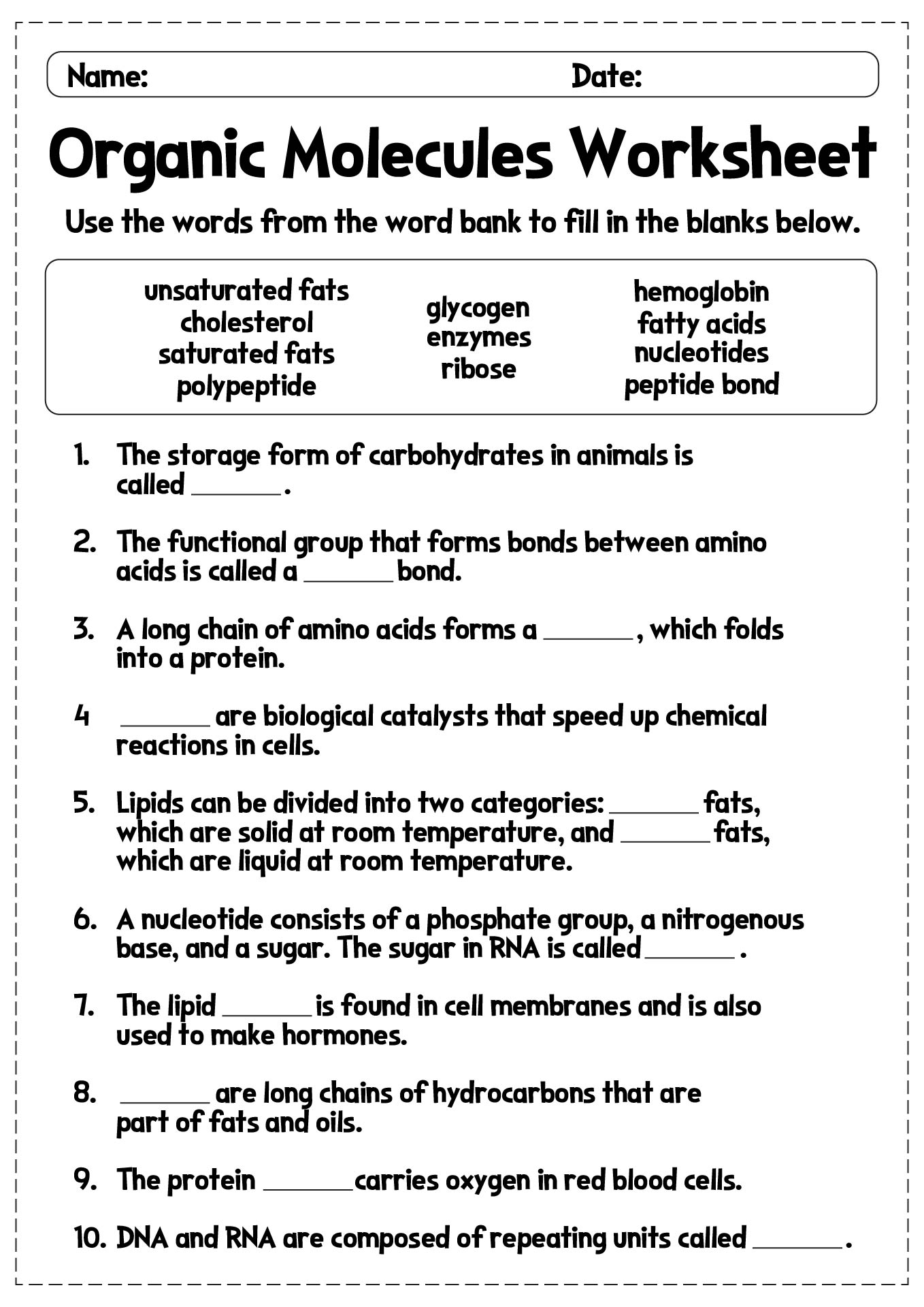



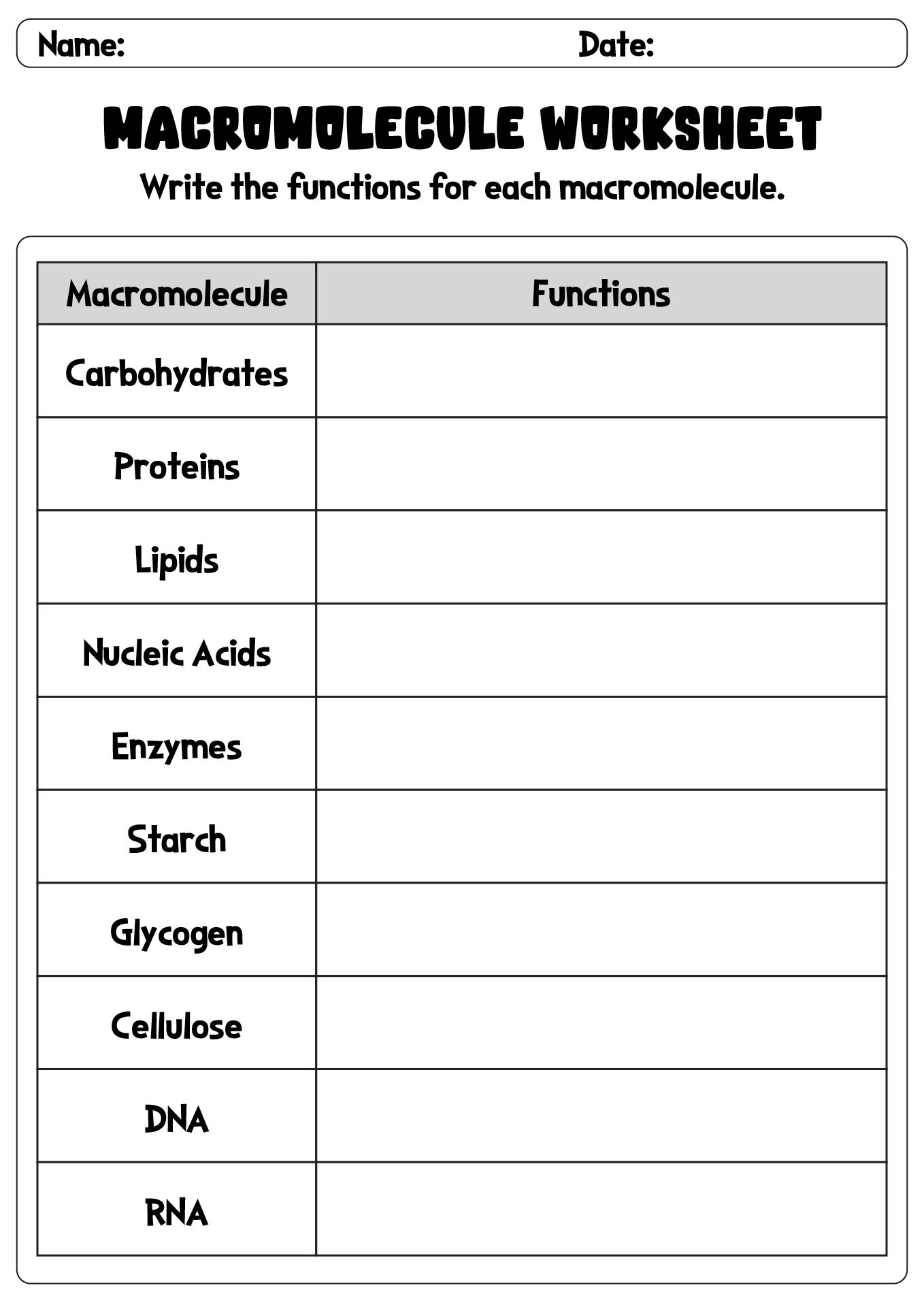
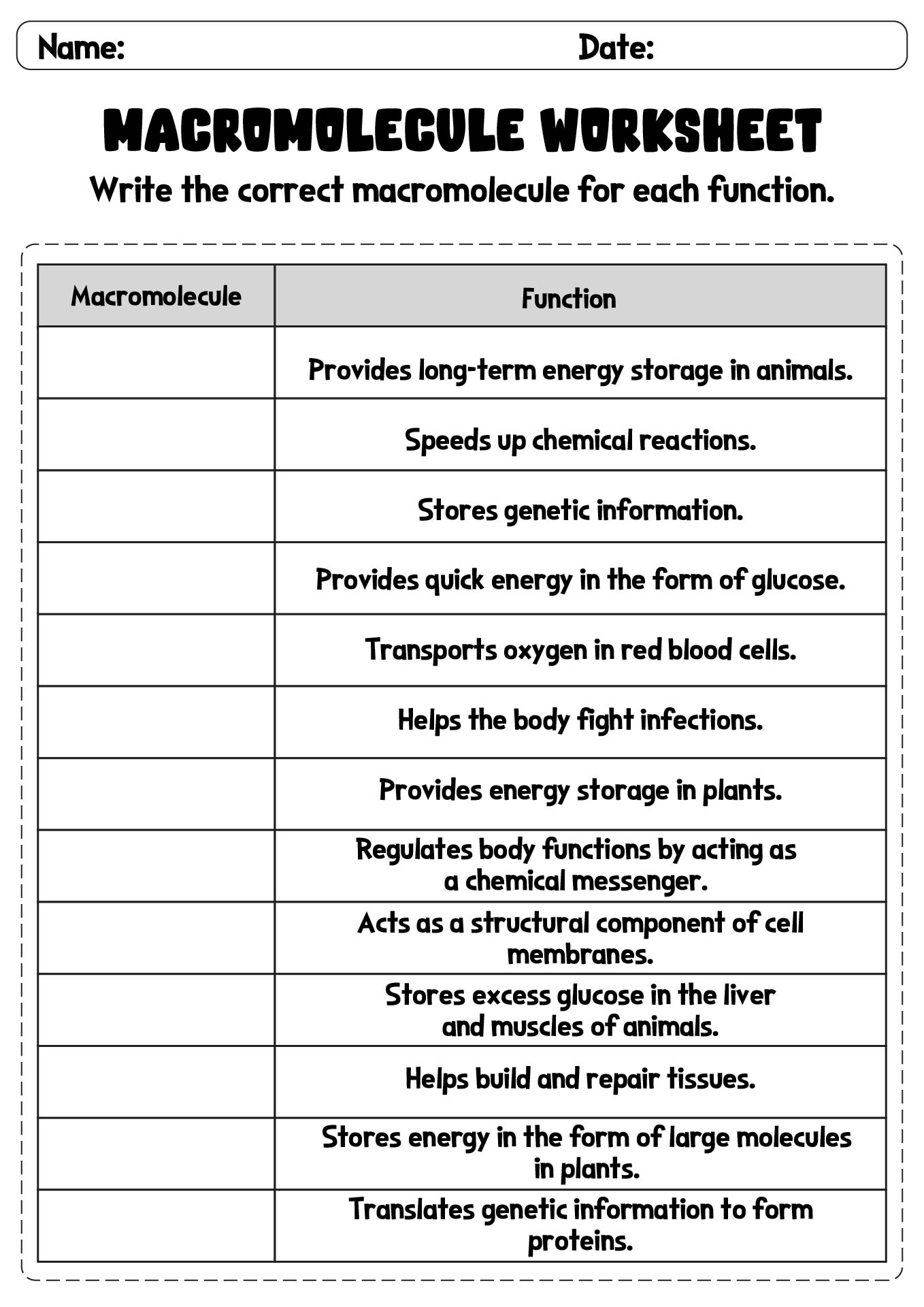
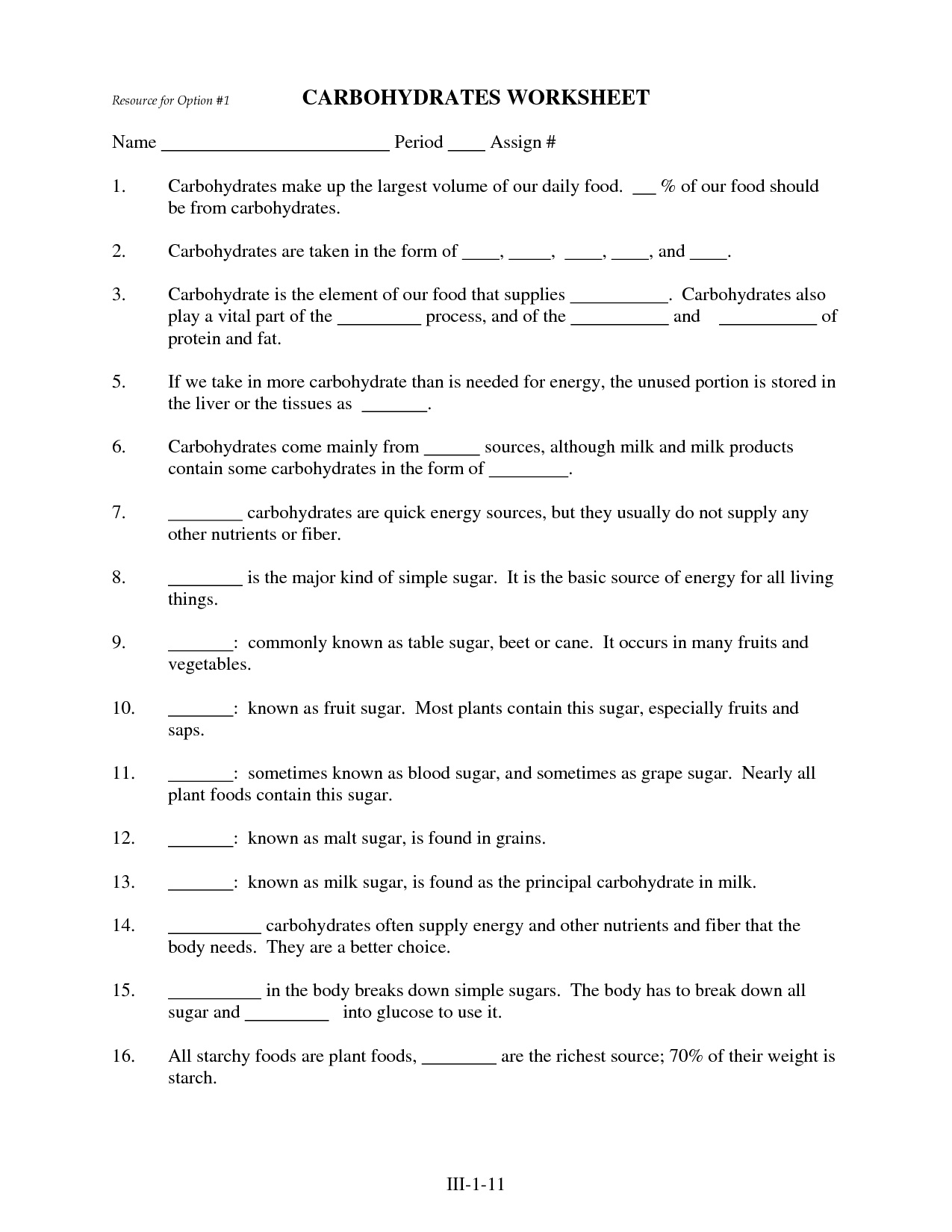
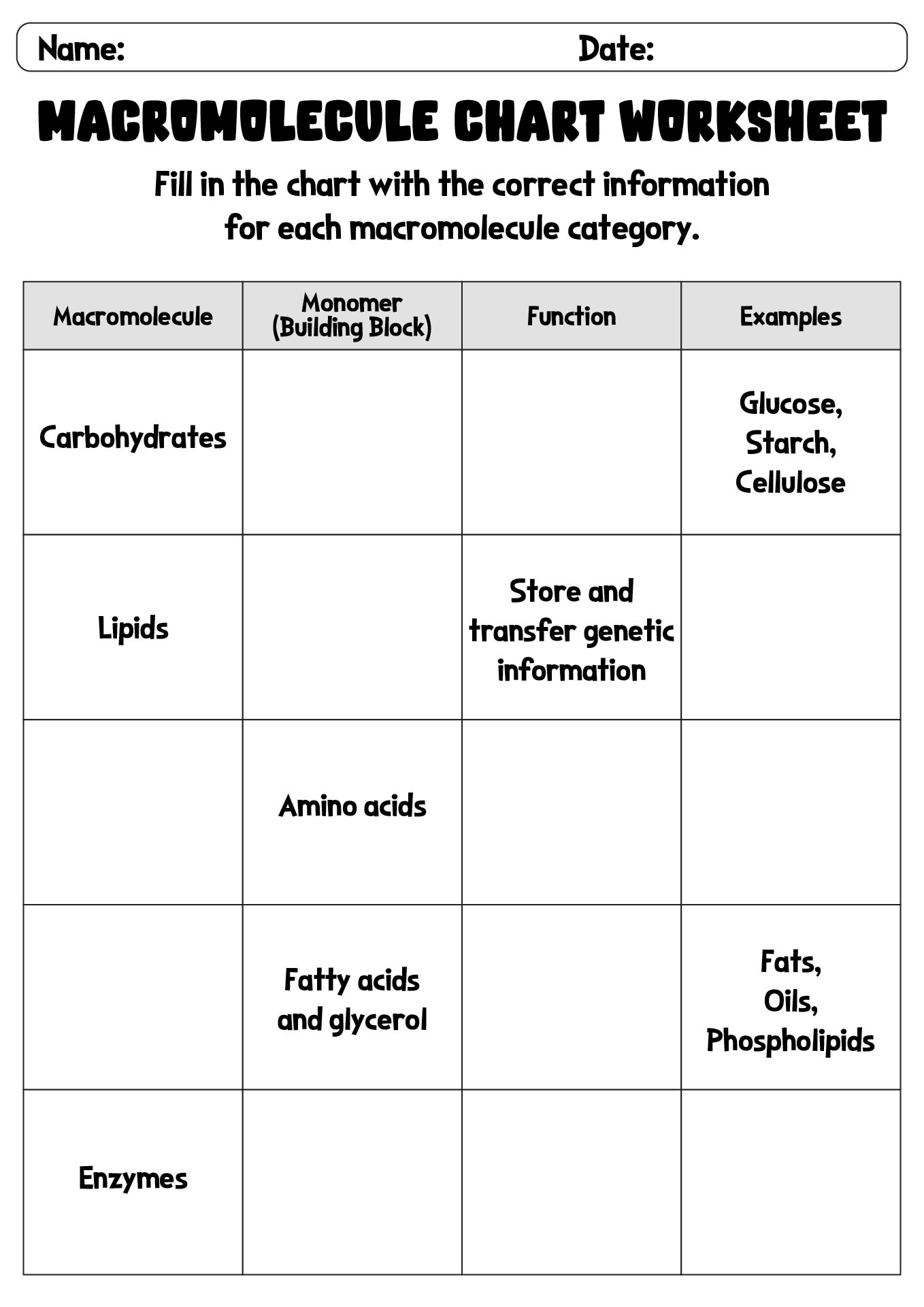

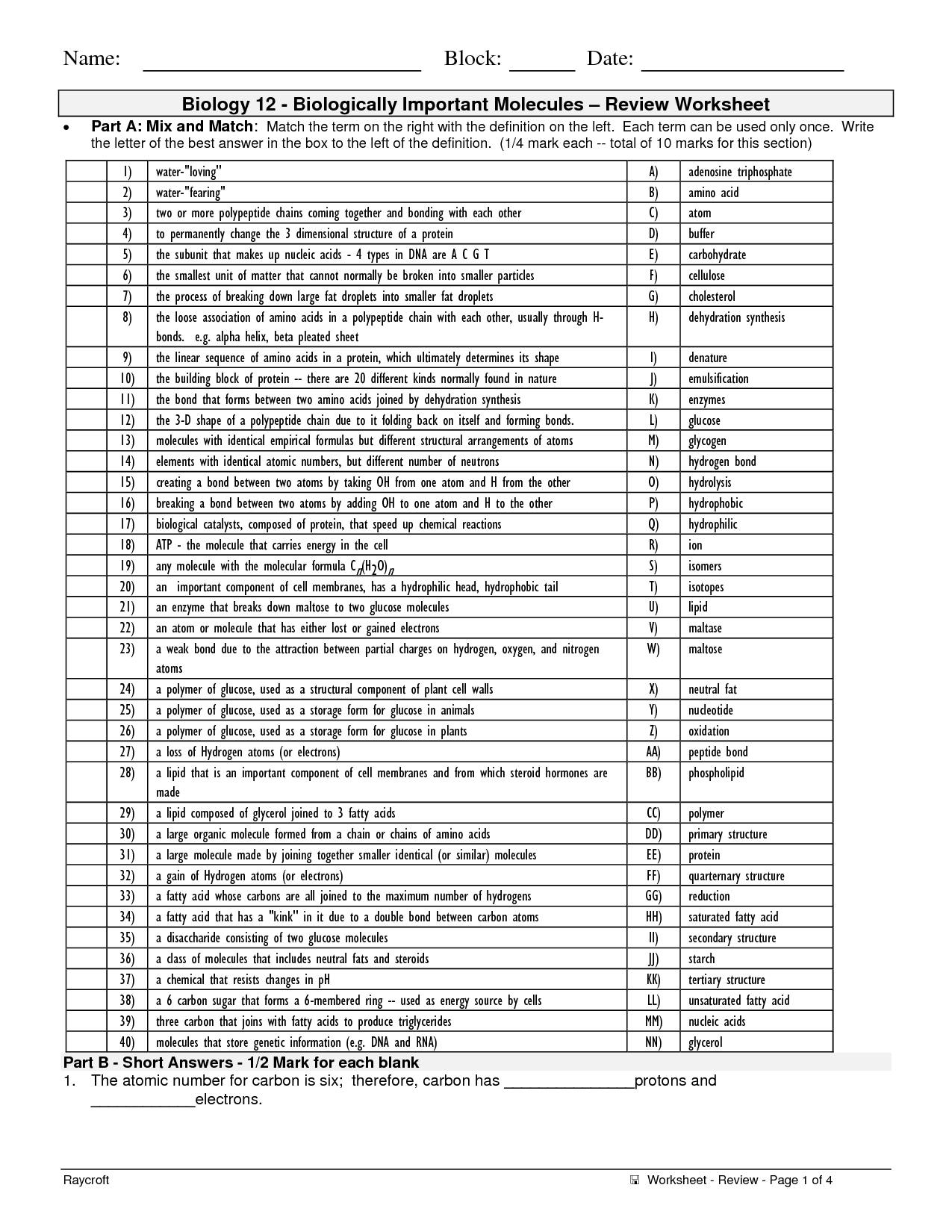
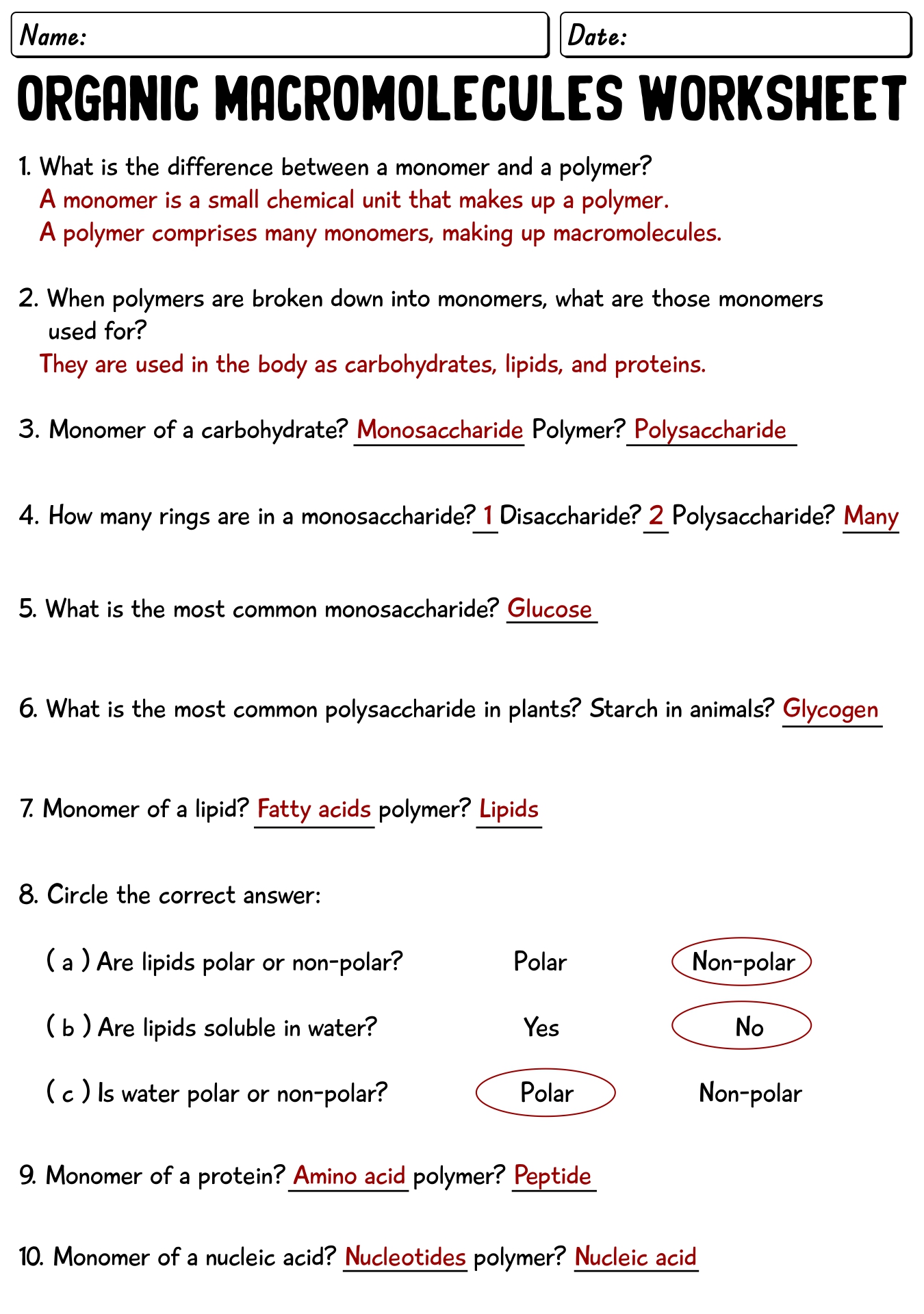
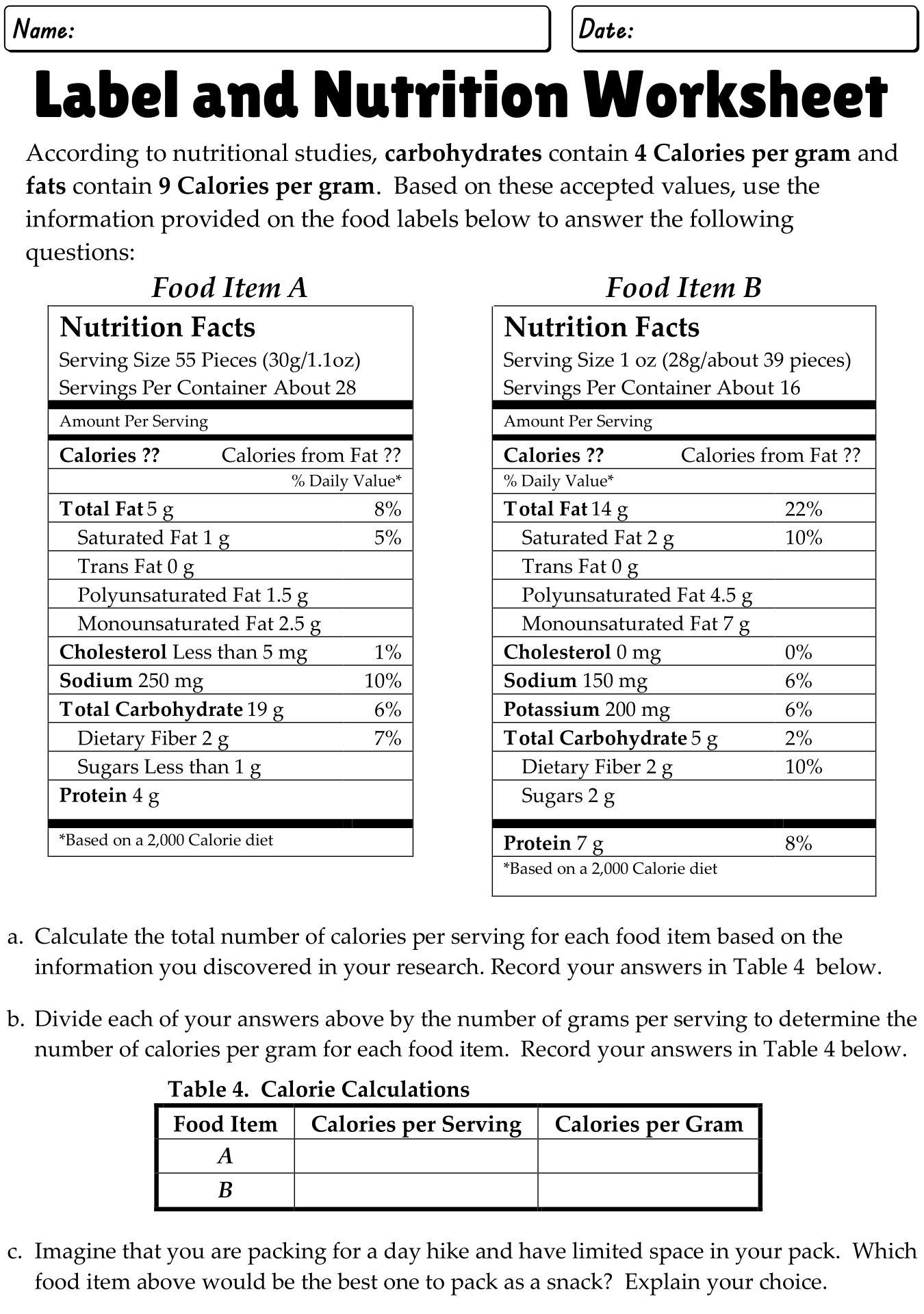
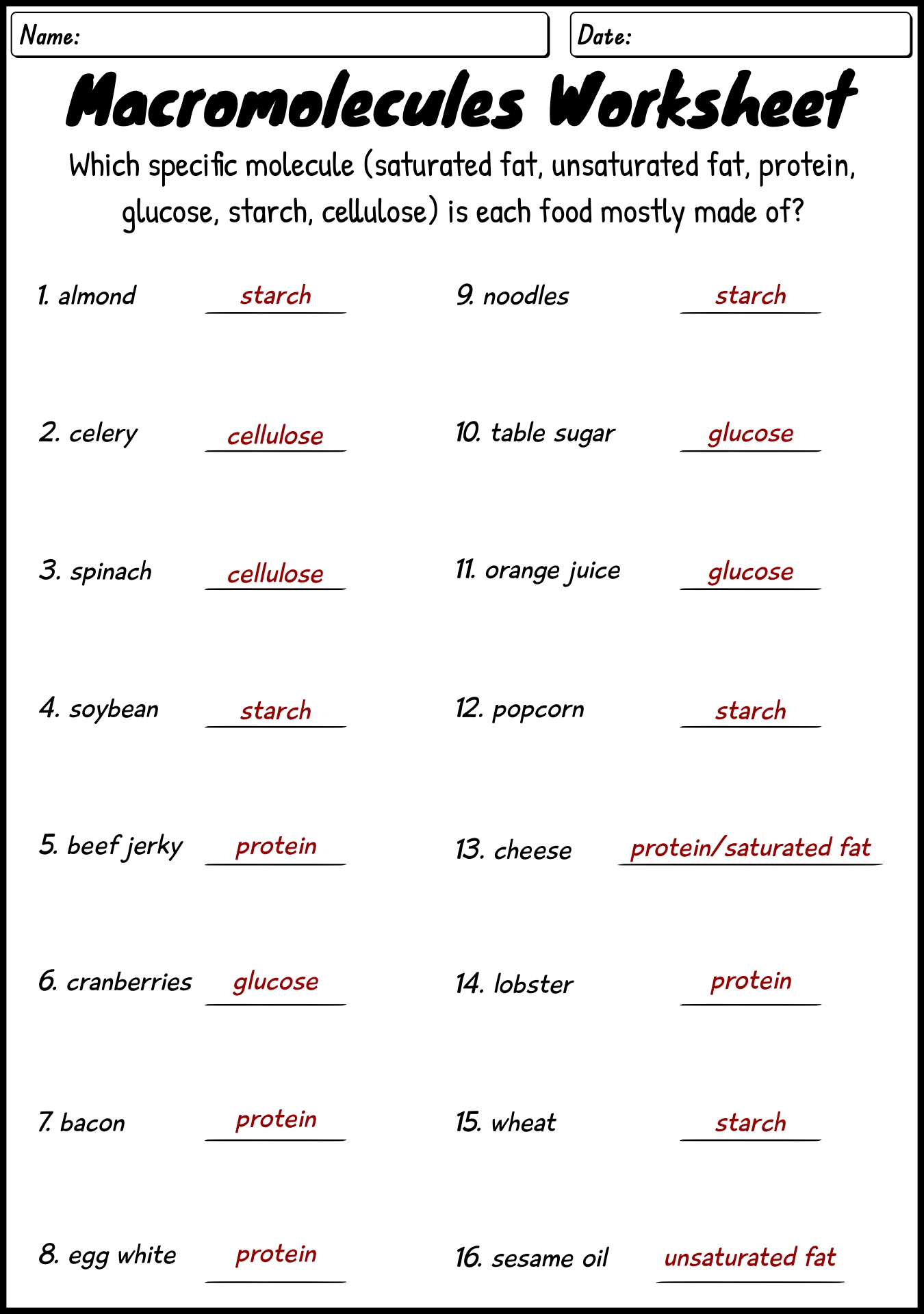
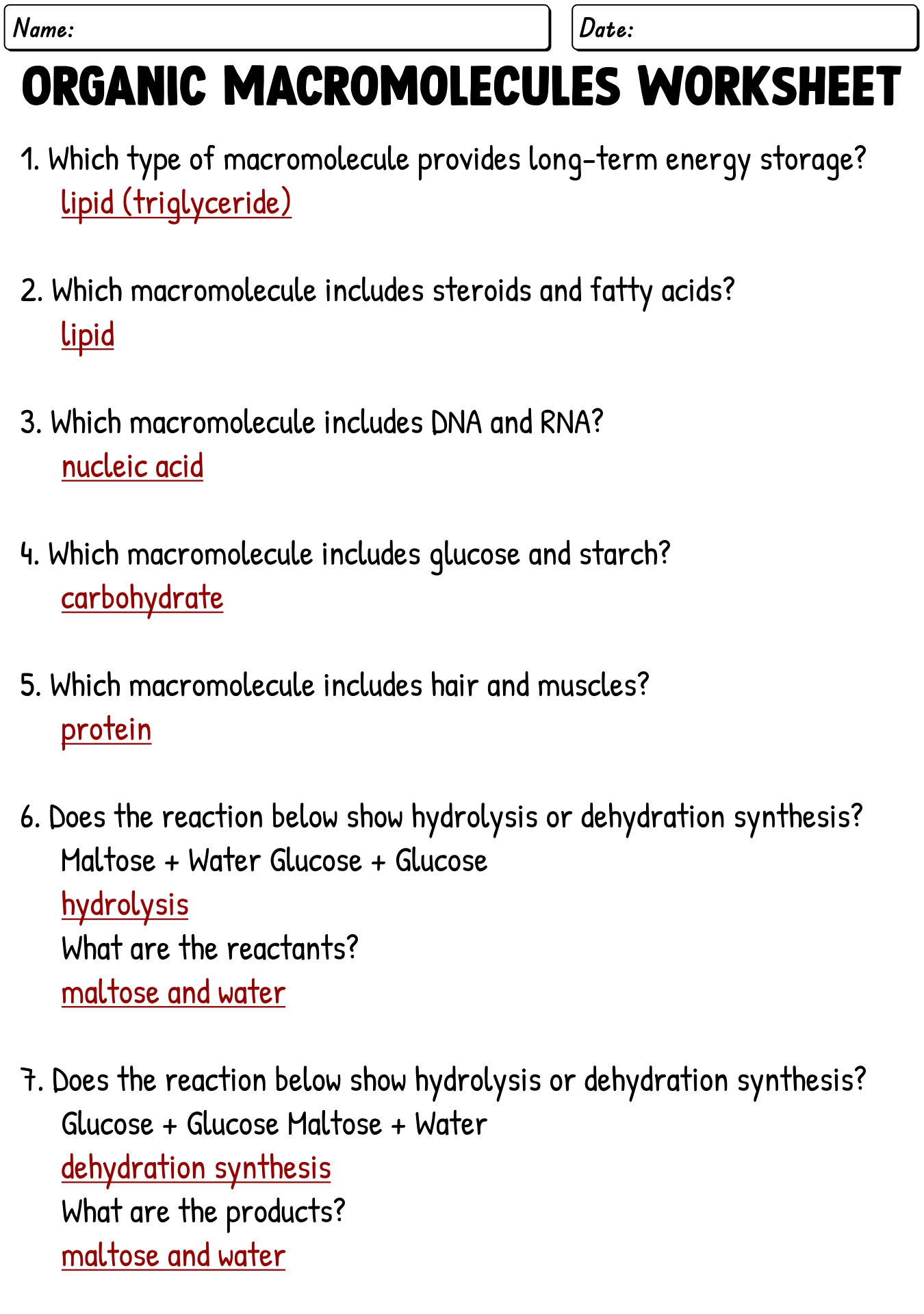
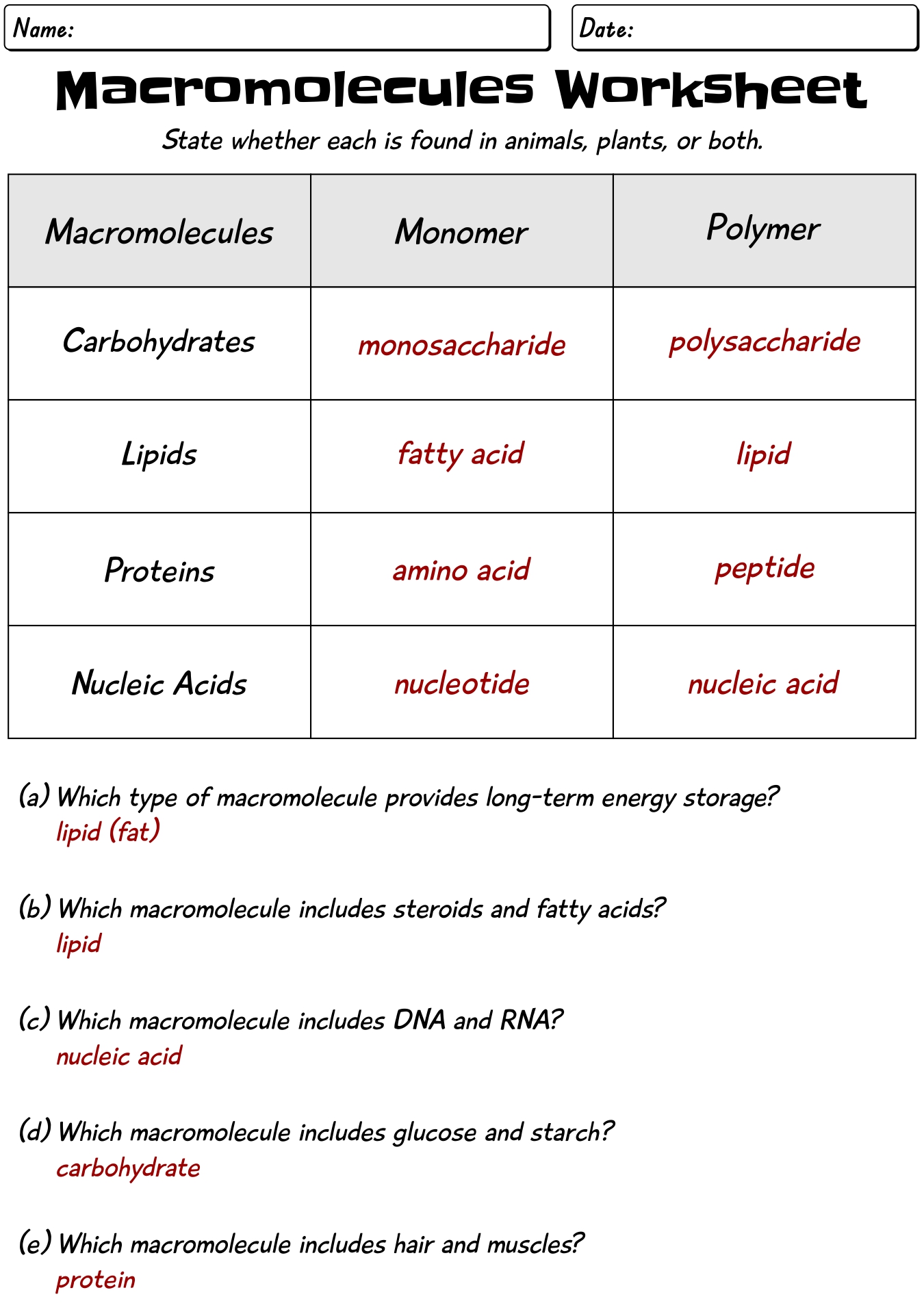
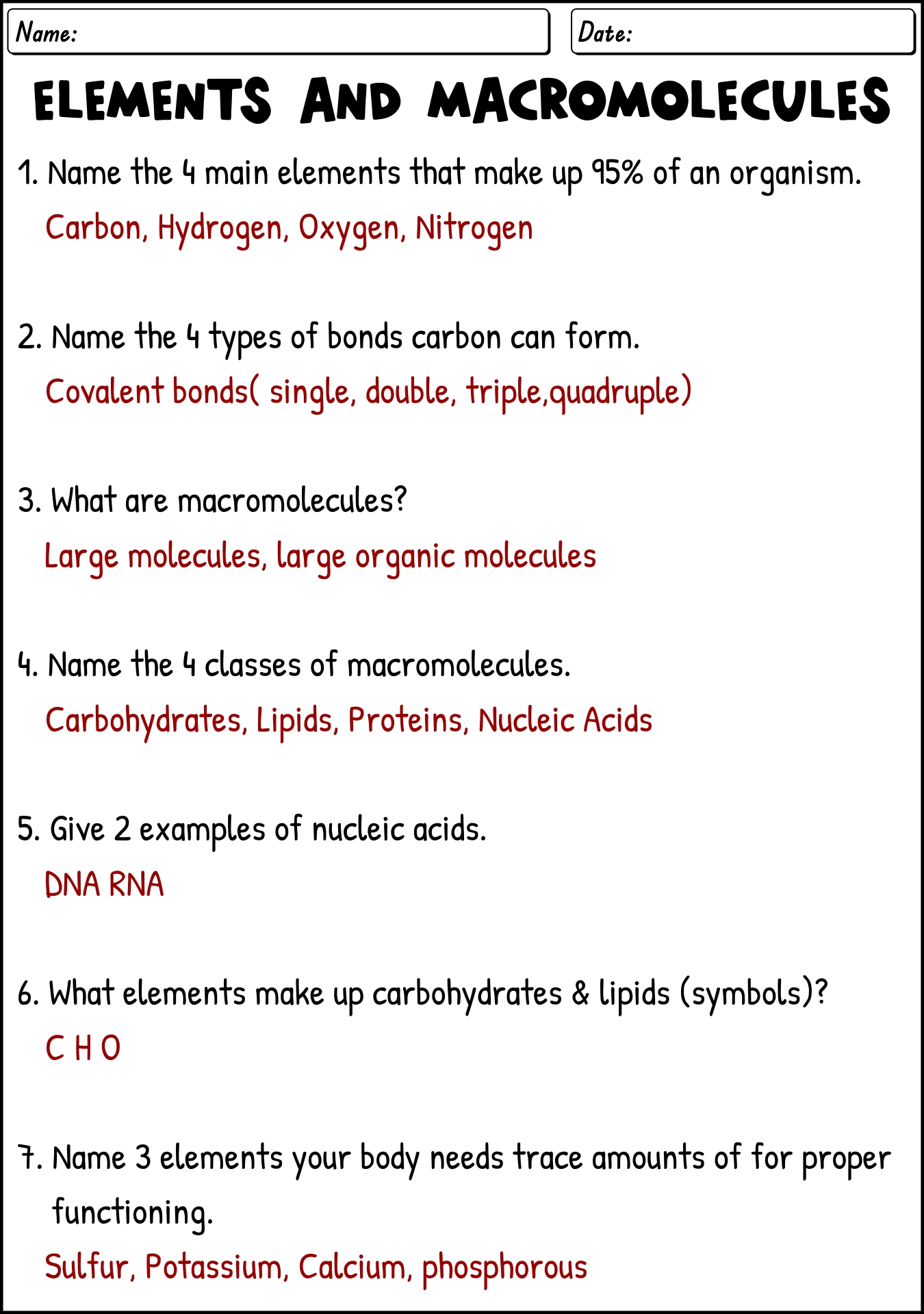
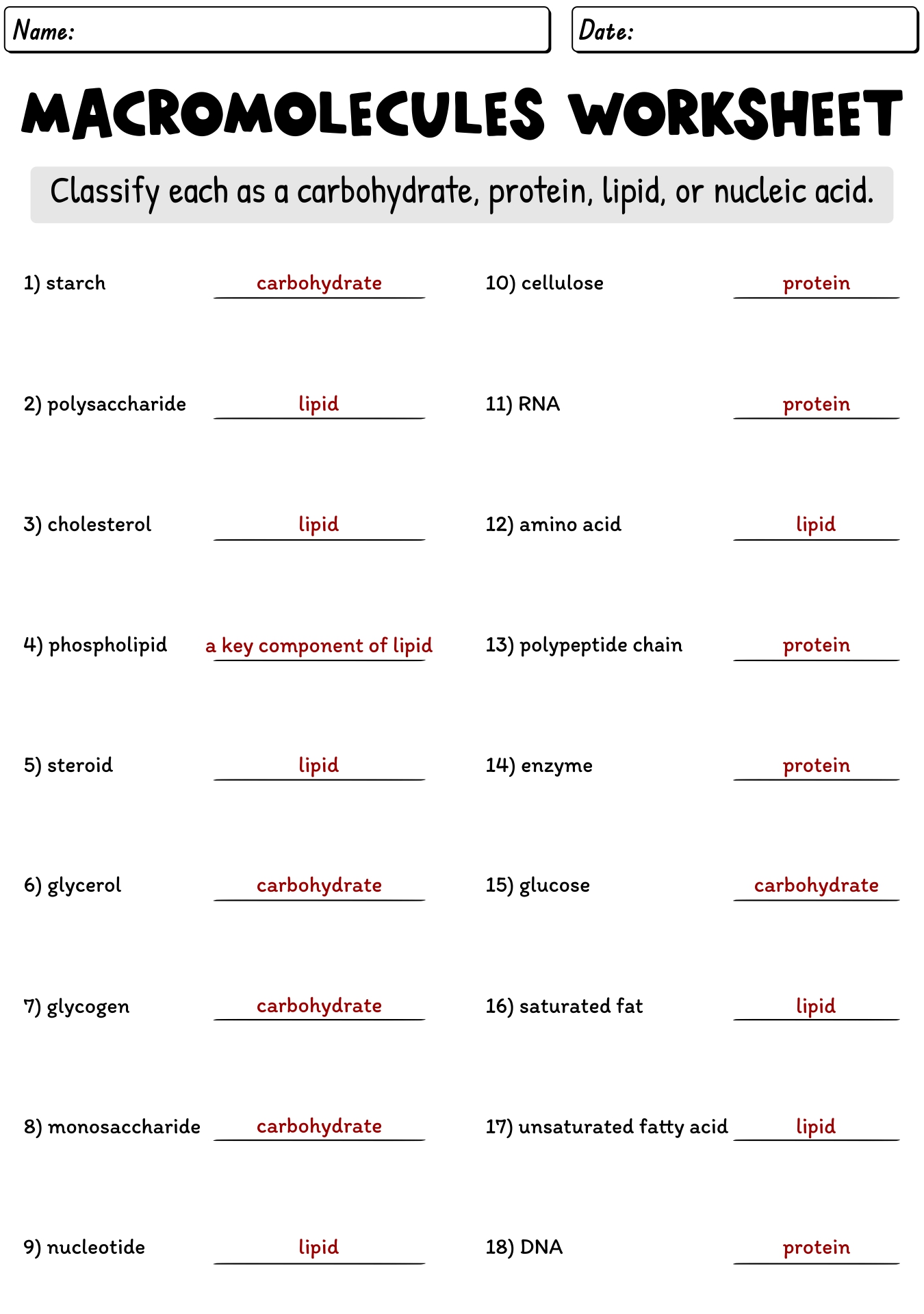









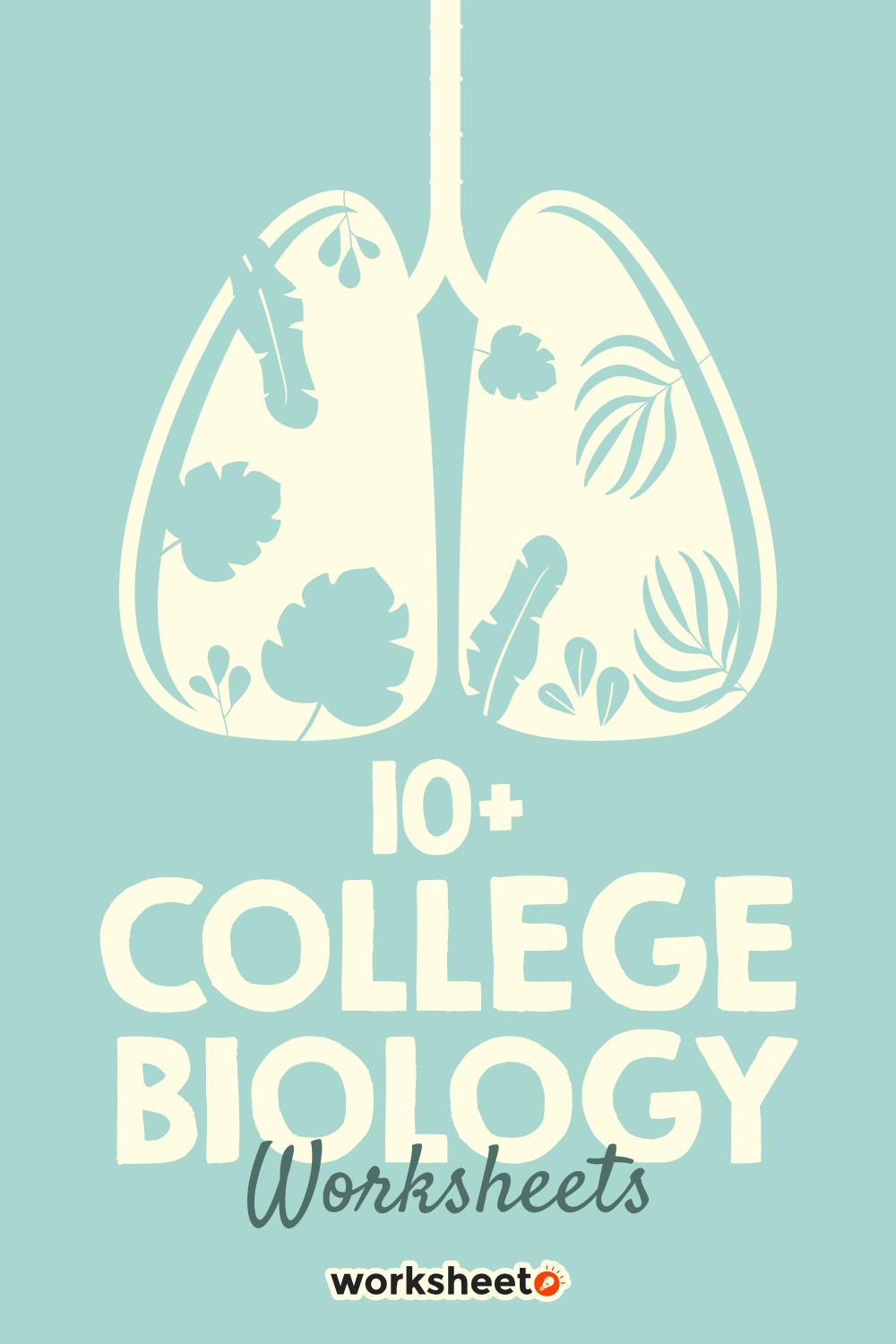
Comments